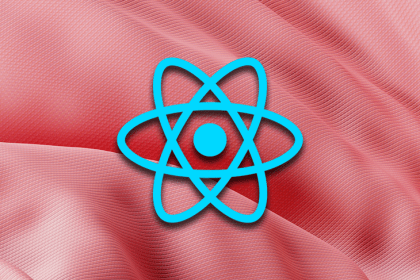
User authentication is an essential part of any web application, and setting it up can be a daunting task for […]

In this article, we’ll look at how to use Tailwind CSS in Vue.js and React and optimize your Vue, React, and Tailwind CSS applications.
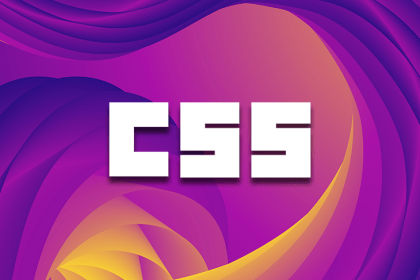
Let’s explore how the most recent CSS viewport units address the mobile design issues caused by the initial set of viewport units.
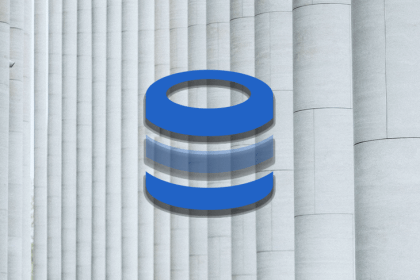
The NoSQL wide-column store database model stores data in columns rather than rows, making it perfect for queries.
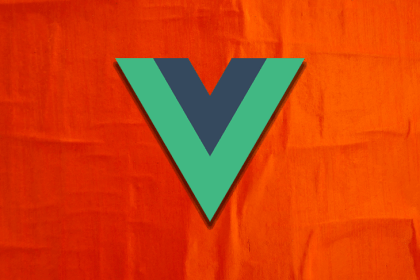
We discuss server-side rendering, its advantages and disadvantages, and demonstrate how to incorporate SSR into a preexisting Vue 3 project.
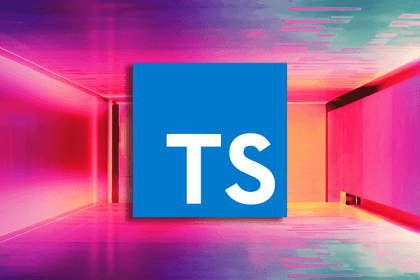
Learn how to build a simple full-stack application with React and Node.js and see how the process can be improved with Turborepo.
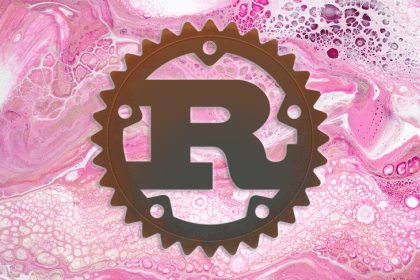
There are a lot of testing strategies for Rust, ranging from unit to integration testing. In this article, we’ll learn more about what snapshot testing is and how it can supplement your development efforts.

Use the focus-trap-react component to build user interfaces like modals and dropdown menus that are accessible to all users.
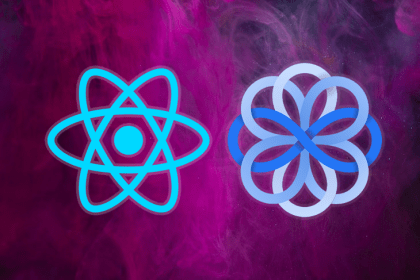
100ms includes support for HLS for live streaming, which allows for scaling to millions of viewers, mainly due to its support by OSes and CDNs.
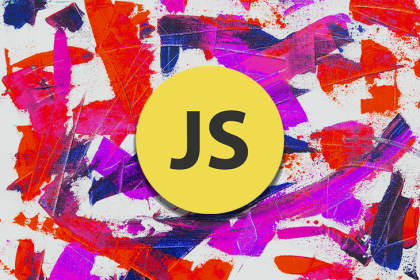
We take a deep dive into Riot.js, compare it to the native Web Components API, and demonstrate how to use Riot.js to build a simple SPA.
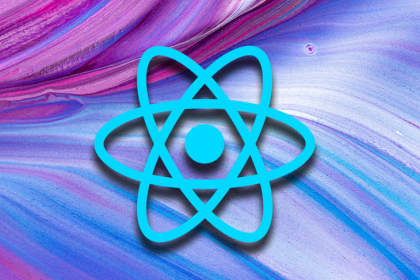
Successful projects need adequate planning and architecture. Here, we will look at how to use React Flow to plan your next React project.
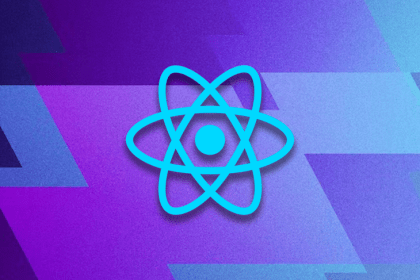
Render large data sets using the react-virtualized library and helpful components like CellMeasurer and ScrollSync.